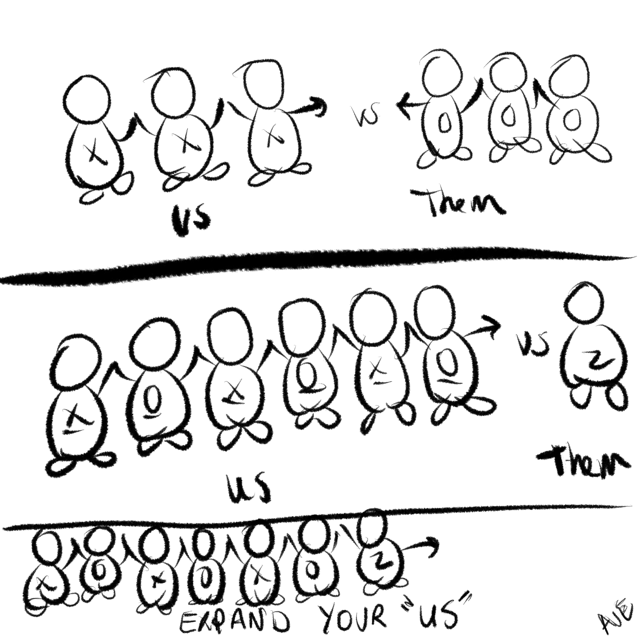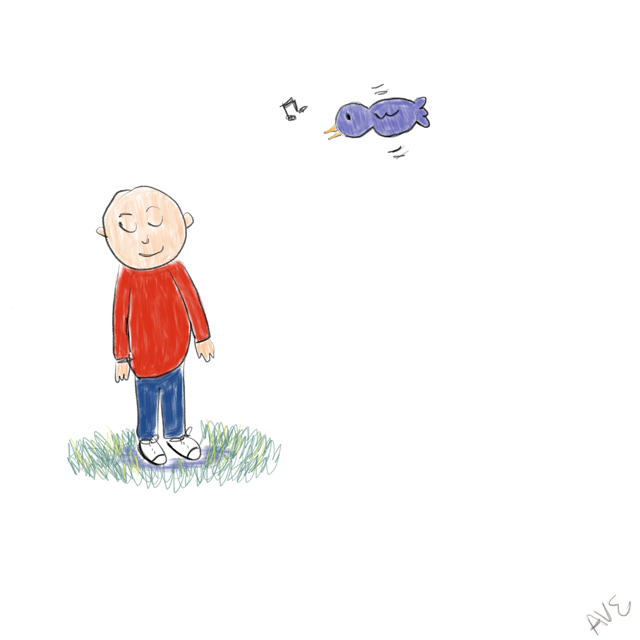
Love where you are as much as where you’re going so you never miss a moment of the journey.—Katrina Mayer
Recently some friends were talking about a colleague. They were saying how positive he is and that he is a great person. He shared that he has had an amazing life and if he died tonight he would say that he had a wonderful life and was grateful. True, he has been successful in his career, traveled around the world and had a positive relationship with his family and is happily married later in life. But what most impresses his colleagues is his positive attitude. He is able to see the bright side of things and to envision possibility.
We all face adversity and challenges in life. Hopefully, we learn and grow through these experiences. Ideally, we also are present for the positive experiences and allow ourselves to enjoy them too.
I am consciously focusing on being grateful for all that I have and allowing myself to enjoy my days. I regret that in the past I was so focused on the future and worrying about others that I did not allow myself to be fully present. I am experiencing a wonderful life by simply catching myself and being present to what is. I now look for the joy of the moment rather than thinking that someday things will be in order and then I will be able to enjoy.
What will support you in appreciating this day?









